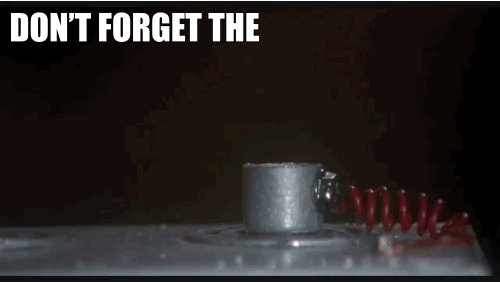Did you know… that you give crystal for a fifteenth anniversary? Yeah, I didn’t either. But did you know that we are entirely dependent on the little electronic variety of crystals, and yet we mostly just strap them to a microcontroller and forget about them? The microcontroller wouldn’t function without a clock source, would it? Oh sure, some of our fave uC’s have an internal RC clock that would serve, and you could arguably go to the moon on an ATMega328 running that way. But most our lives run at much higher speeds these days, and crystals are still at the heart of it.
But what exactly are these things? How do they work? Is it magic? Well, maybe a little. In this video, I’ll give you a quick-ish rundown on what they’re all about. And while it’s not primarily about oscillator design, I’ll show you a couple of circuits to play with at the end, comprised of parts you’ve probably got lying around.
Interested in learning more foundational topics?
See our Engineering Essentials page for a full list of cornerstone topics surrounding electrical engineering.








Another great ATP!
What is the use of the power supply capacitor and is it necessary to make the oscillator work?
Normally transistors are used as either switches or amplifiers. When entering the (high) frequency range you can use it as a oscillator. The Electrical reactance of the power supply capacitor will lower when the frequency goes up, it will get close to zero. If you now take a look at the circuitry, the oscillator makes more sense with a feedback (the crystal) from collector to base to oscillate. The higher you make the power supply capacitor the easier it will oscillate. Hopes this helps.
You have excellent timing Pete, thanks! I'm working on a project that will screen AT cut crystals for durability, this episode clarified and answered many questions.
P.S. Enjoyed meeting you and our chat in the Sparkfun lobby the other day.
Thank you so much! Talking to you that day really did make my week.